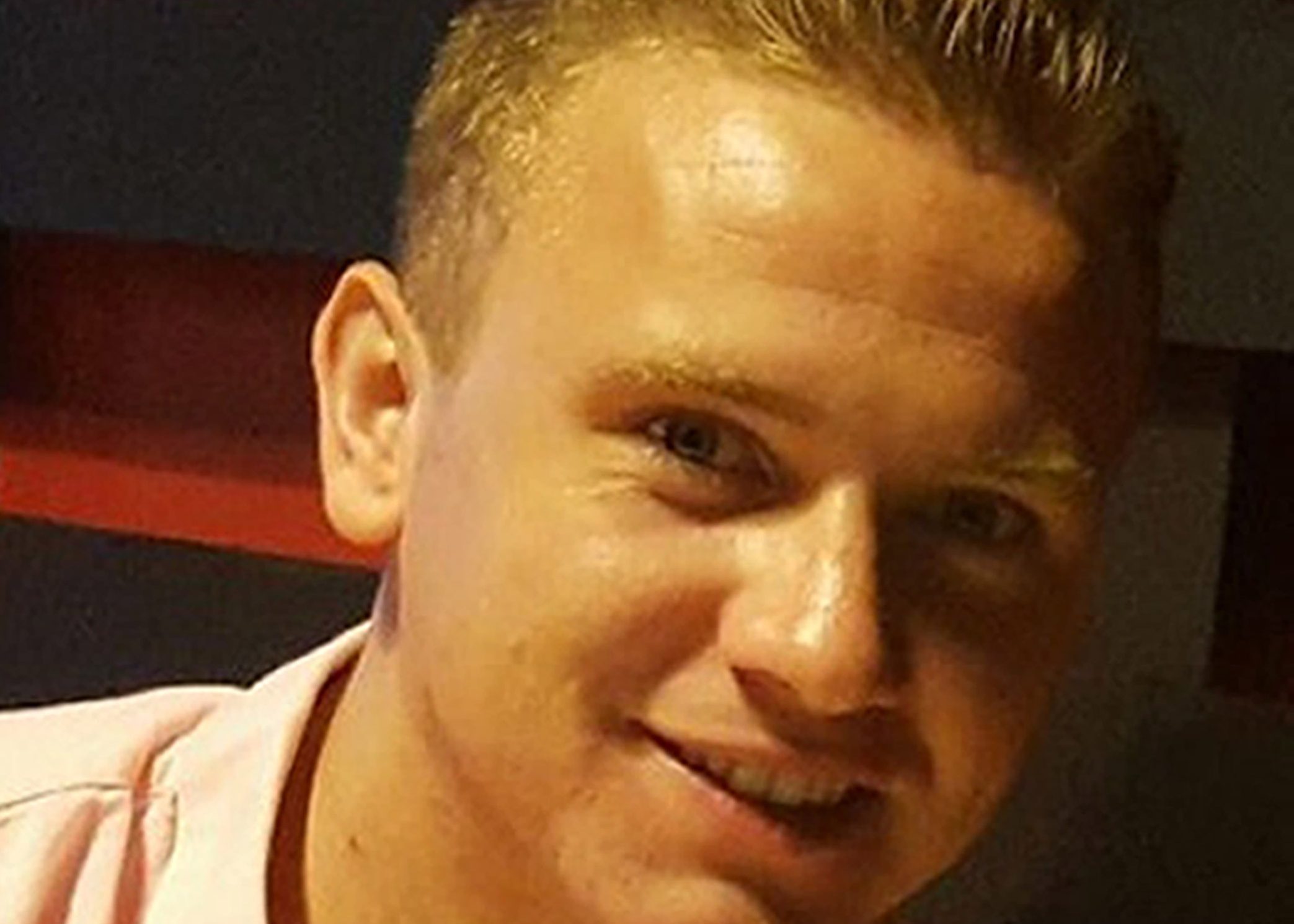An ex-detective has accused Suffolk Constabulary of Keystone Cops-style policing as officers continue to search for missing Corrie McKeague.
Nick Bidiss, the former head of Kent CID, claimed it would not have taken Einstein to work out the 23-year-old airman was likely to be in a bin lorry given his mobile phone was known to have travelled the same route.
Mr Bidiss was speaking to Forces News as the police trawl of a massive landfill site for traces of the Dunfermline man ended its third week.
He said Suffolk Police had let down Corrie’s family as well as the public.
“I would have thought a decision to search that site a lot sooner would have given solace and at least some degree of closure to the family,” he said.
Corrie, a gunner based at RAF Honington, has been missing since Saturday September 24 following a night out with friends in Bury St Edmunds.
He was last seen on CCTV entering a bin storage area at 3.25am but was never seen leaving, leading his family to assume he must have been in a vehicle.
His mobile phone signal was traced along the route of a bin lorry to a landfill site near Cambridge but police believed Corrie could not have been on board as the weight of its contents was wrongly given as just 11kg.
A search of the site only began six months later once the mistake was realised and the true weight was given as more than 100kg.
Mr Bidiss said: “If his phone was on there, he was likely to be on there.
“It wouldn’t have taken Einstein to have worked that out.
“This is Keystone Cops stuff, this is.”
Former Metropolitan Police detective inspector, Steve Gaskin, was also critical of the investigation.
“You don’t even need to be a detective to understand that there have been mistakes here,” he said.
“Any reasonable person would have undertaken an investigation of that site a lot earlier.
“All you need to see are the words bin, lorry, landfill site.”
He added: “It sounds to me as though there are some detective skills missing there.”
In a statement, Suffolk Police said both former officers were speaking with the benefit of hindsight, not with the knowledge of the investigation team.
“The bin lorry was only one of the possibilities,” they said.
“It was thought extremely unlikely that he went with his phone due to the information officers had at that time about the weight of the pick up.
“The bin lorry had also been forensically examined and this did not reveal any traces of Corrie.”
